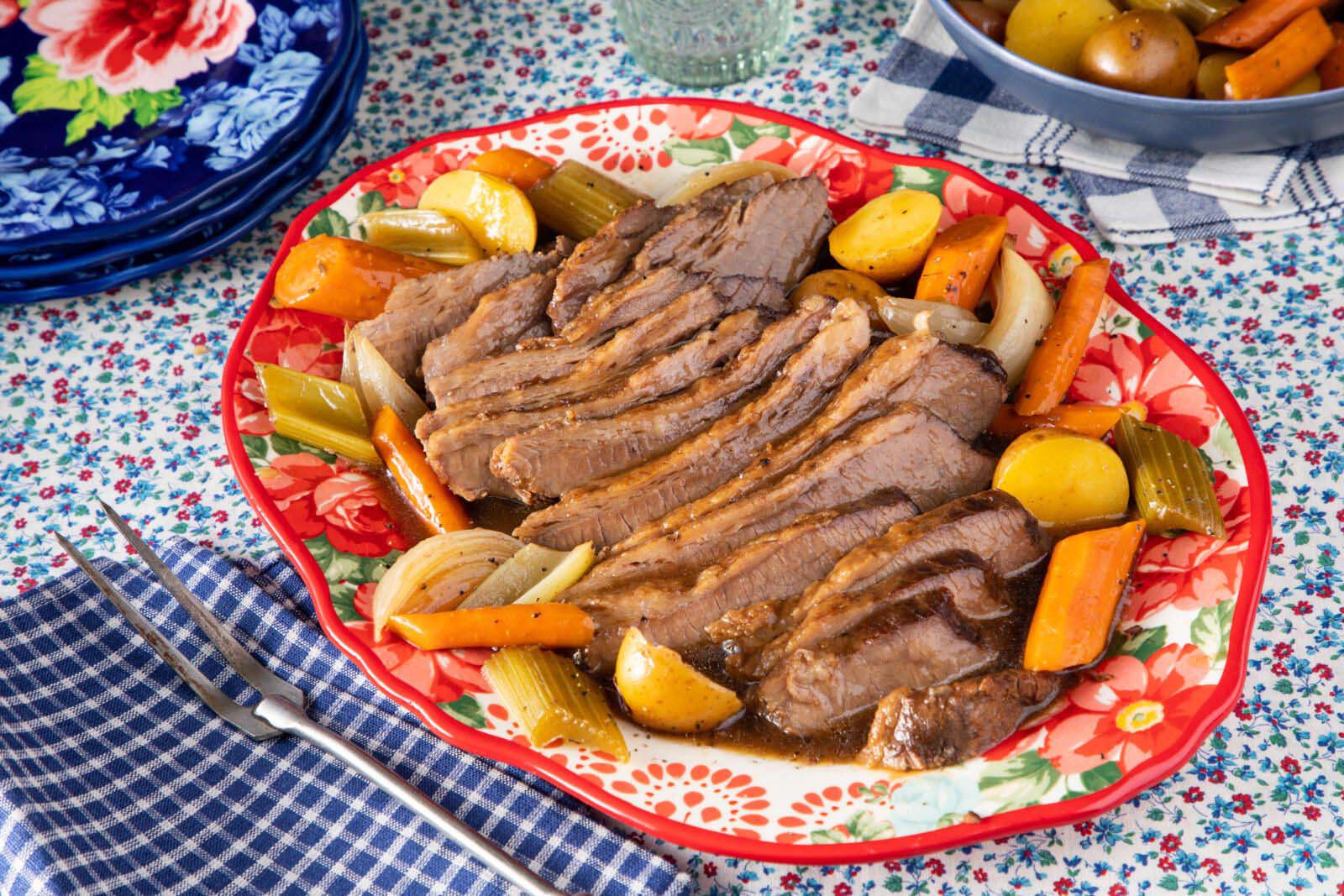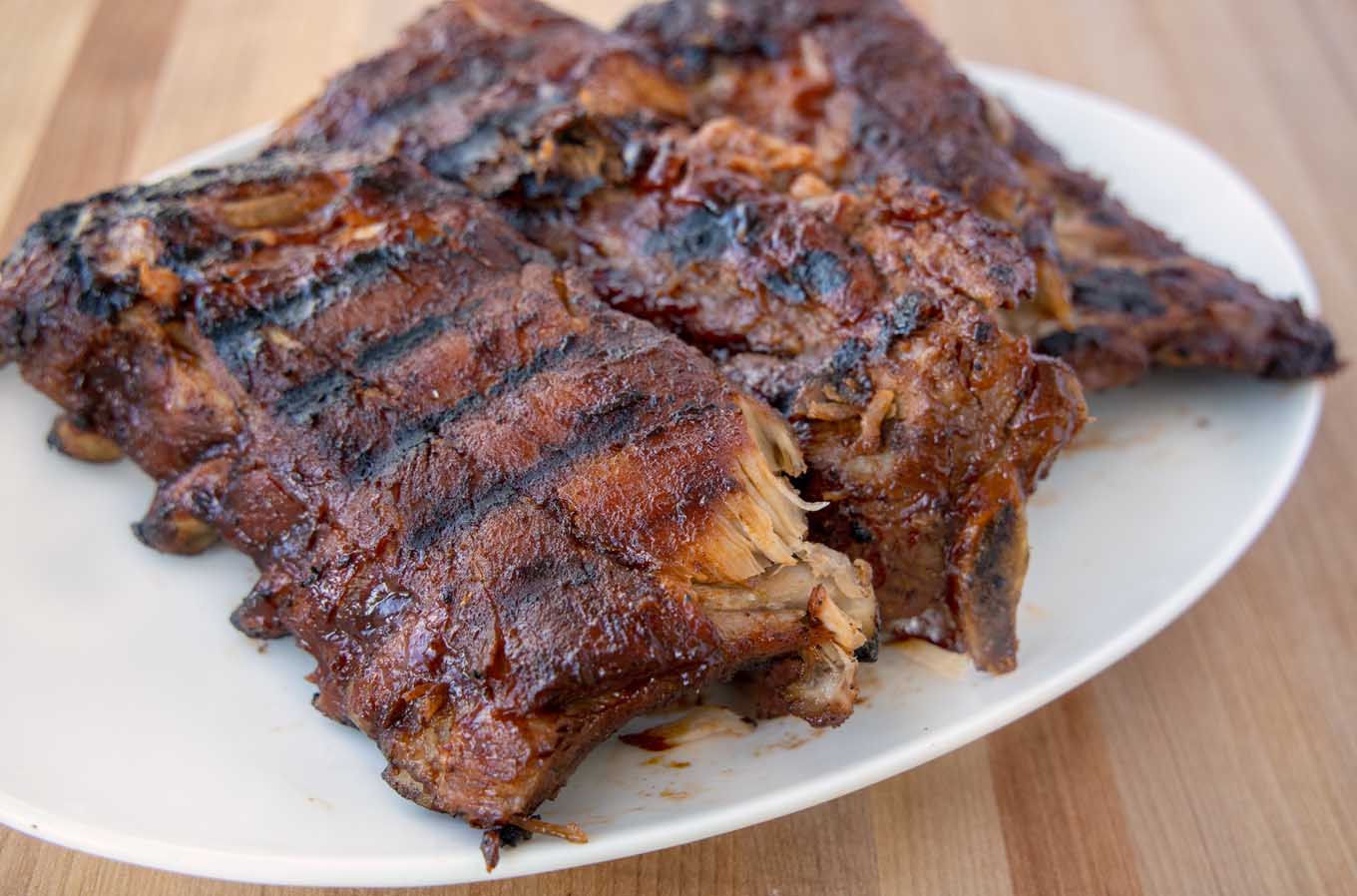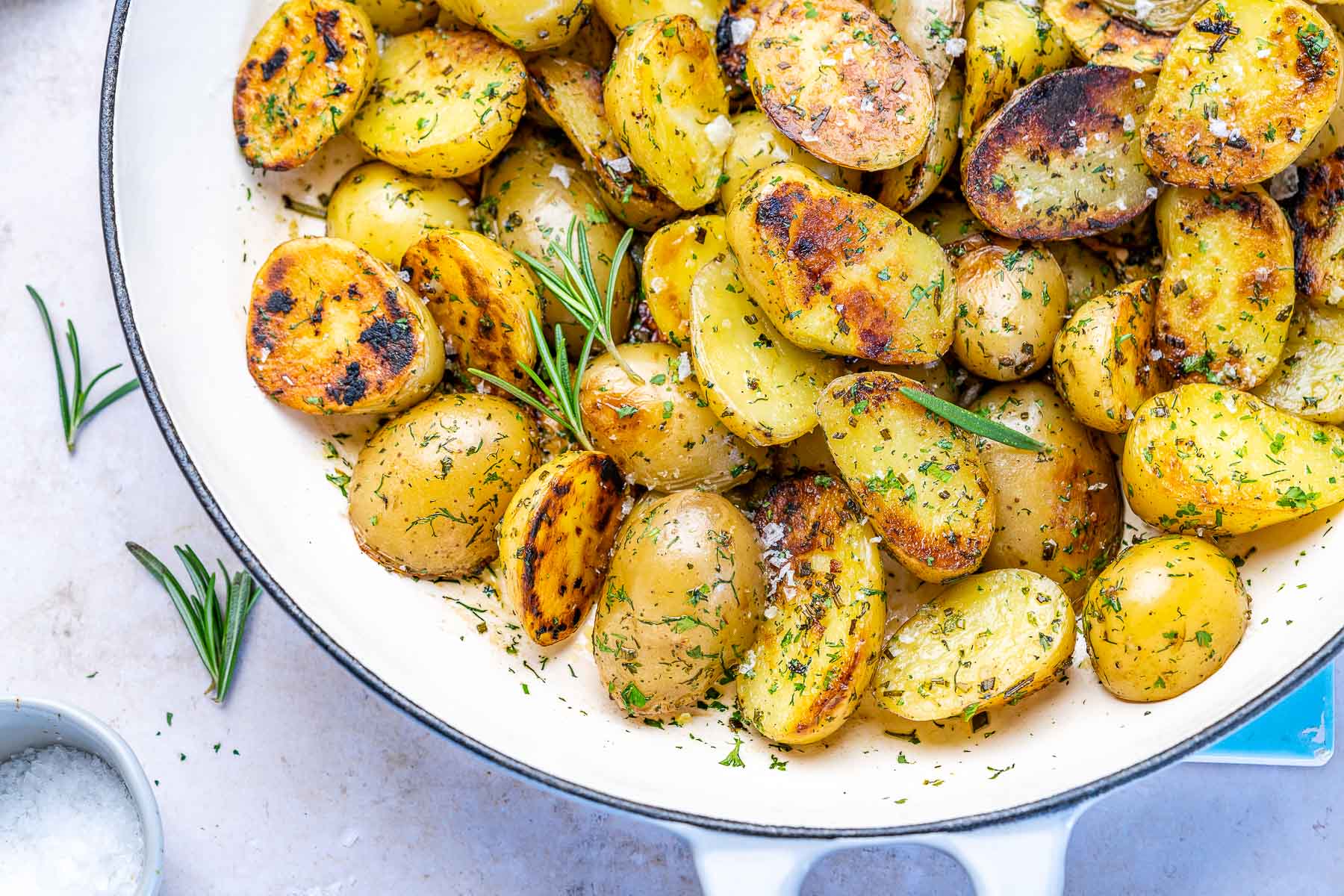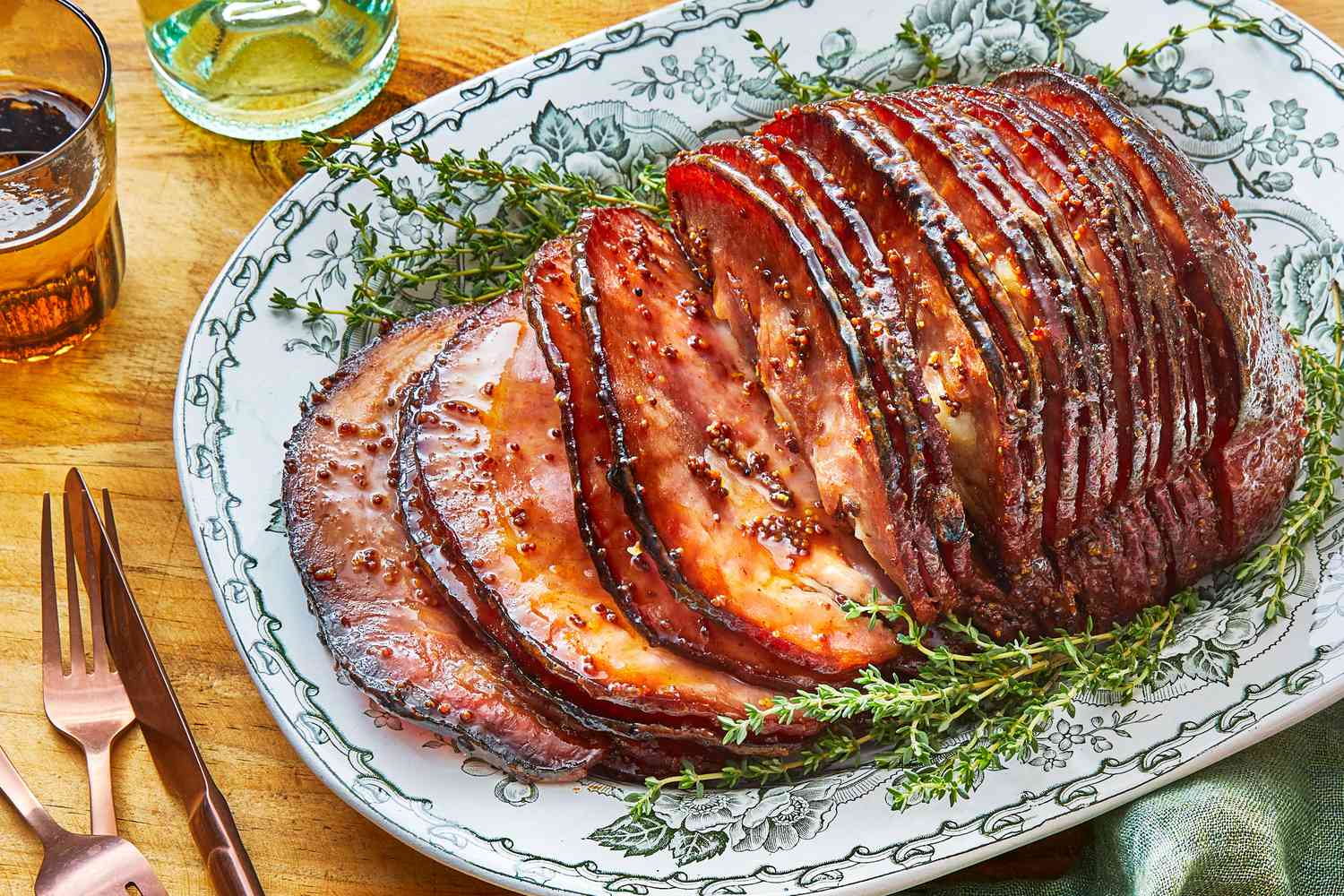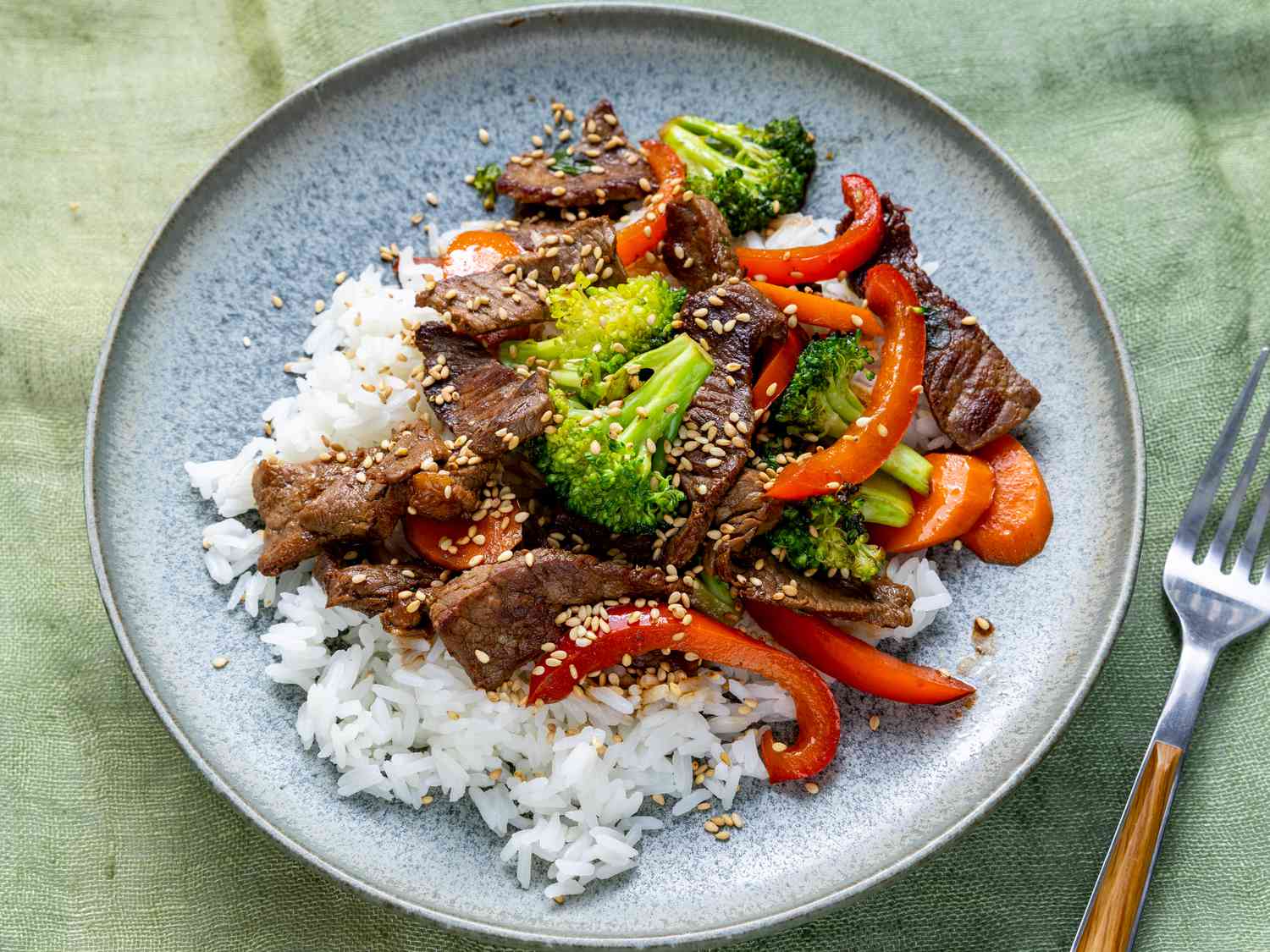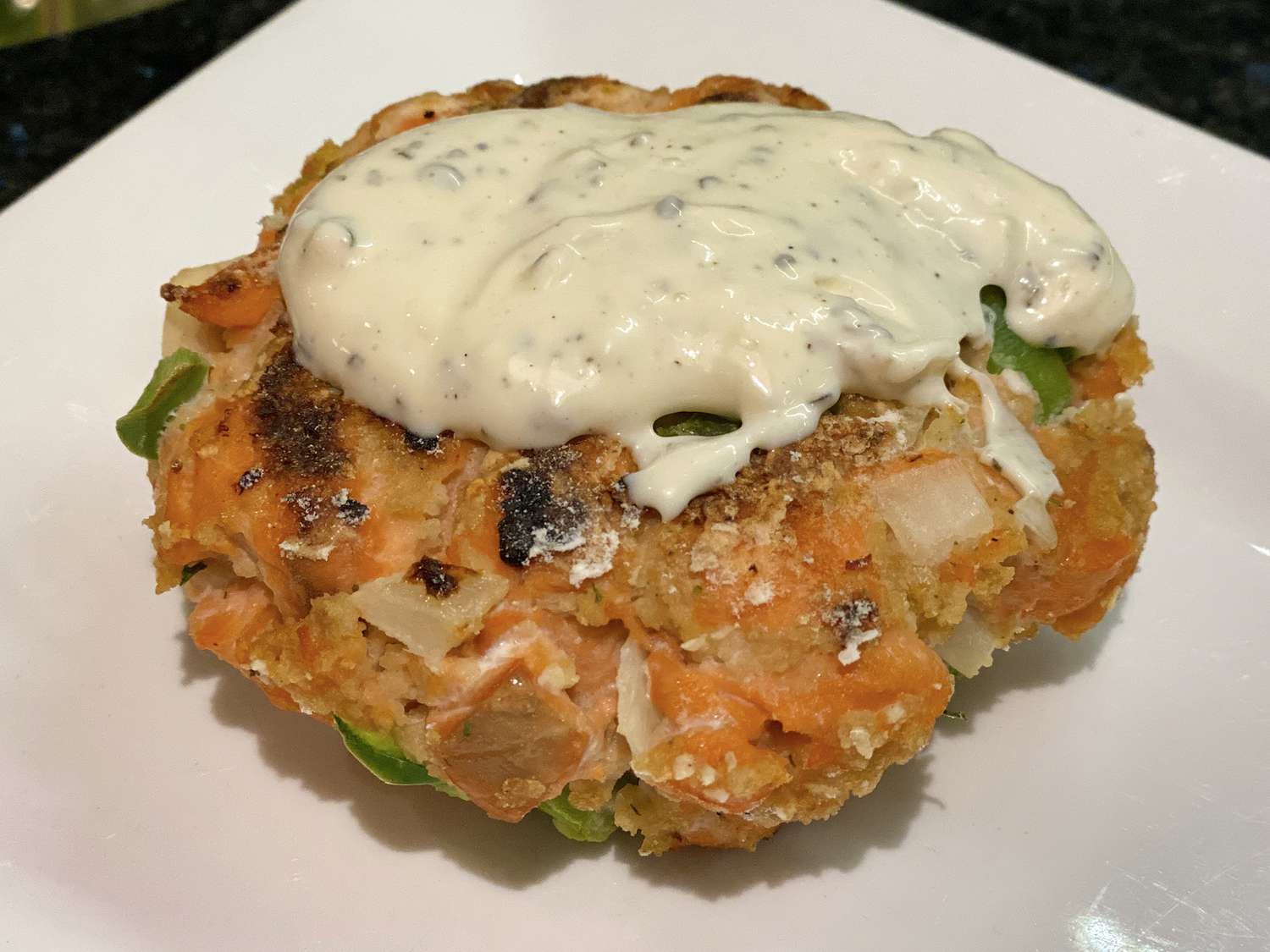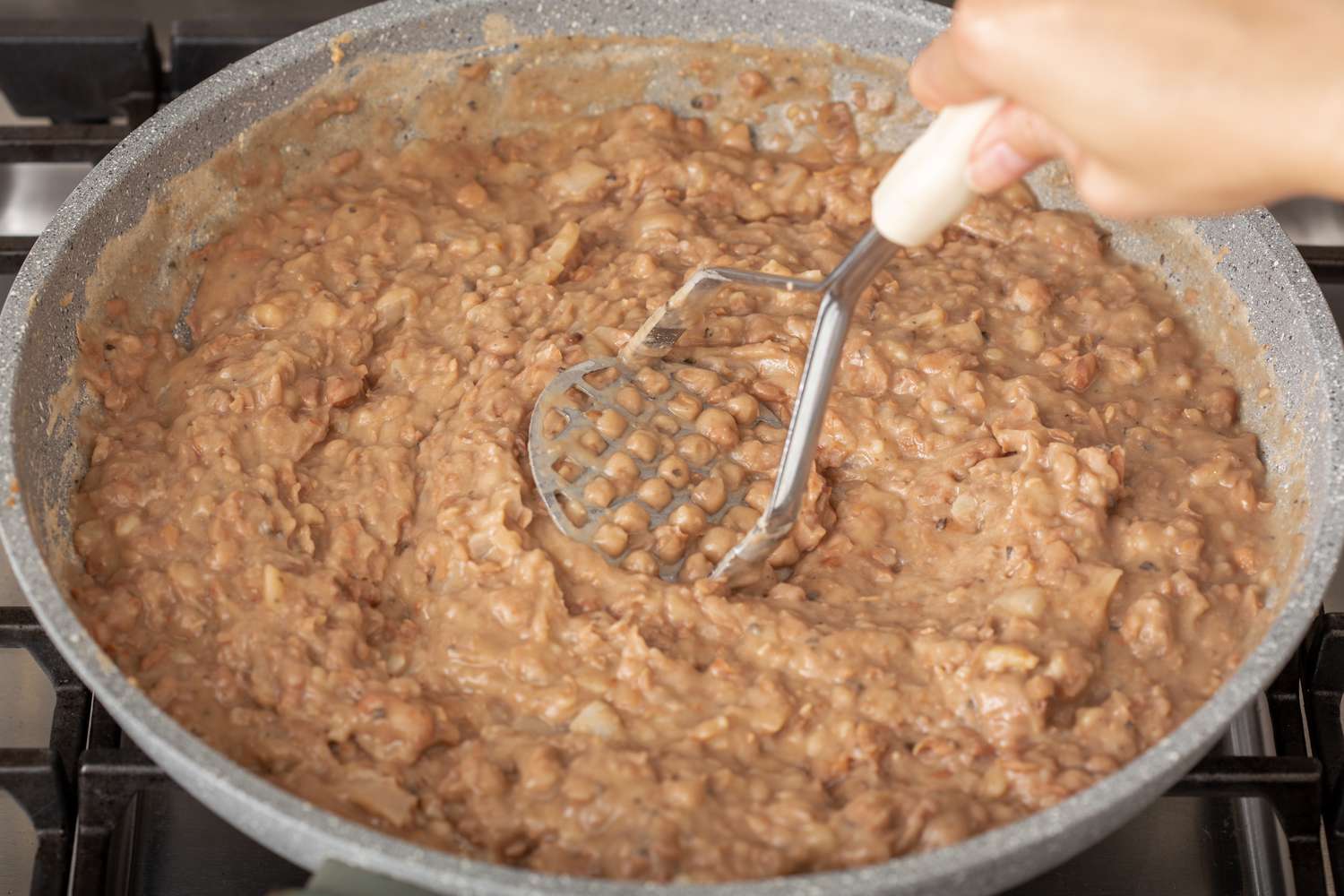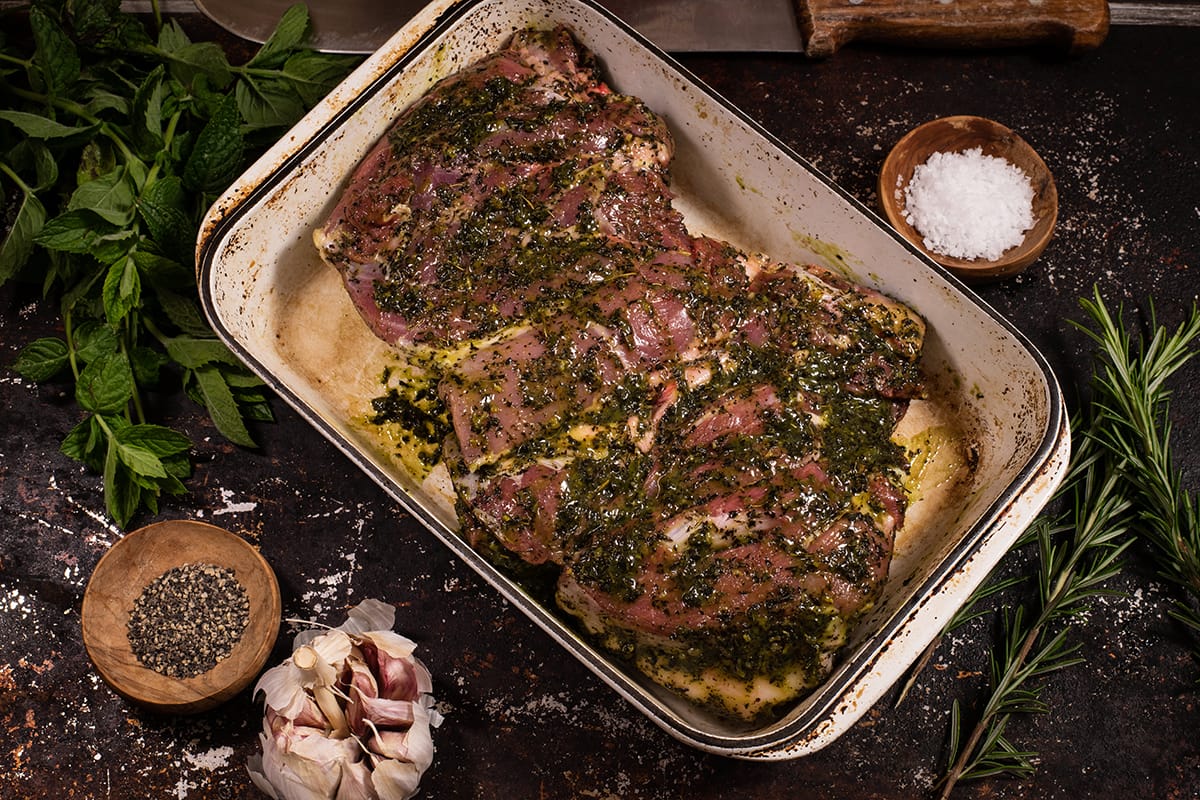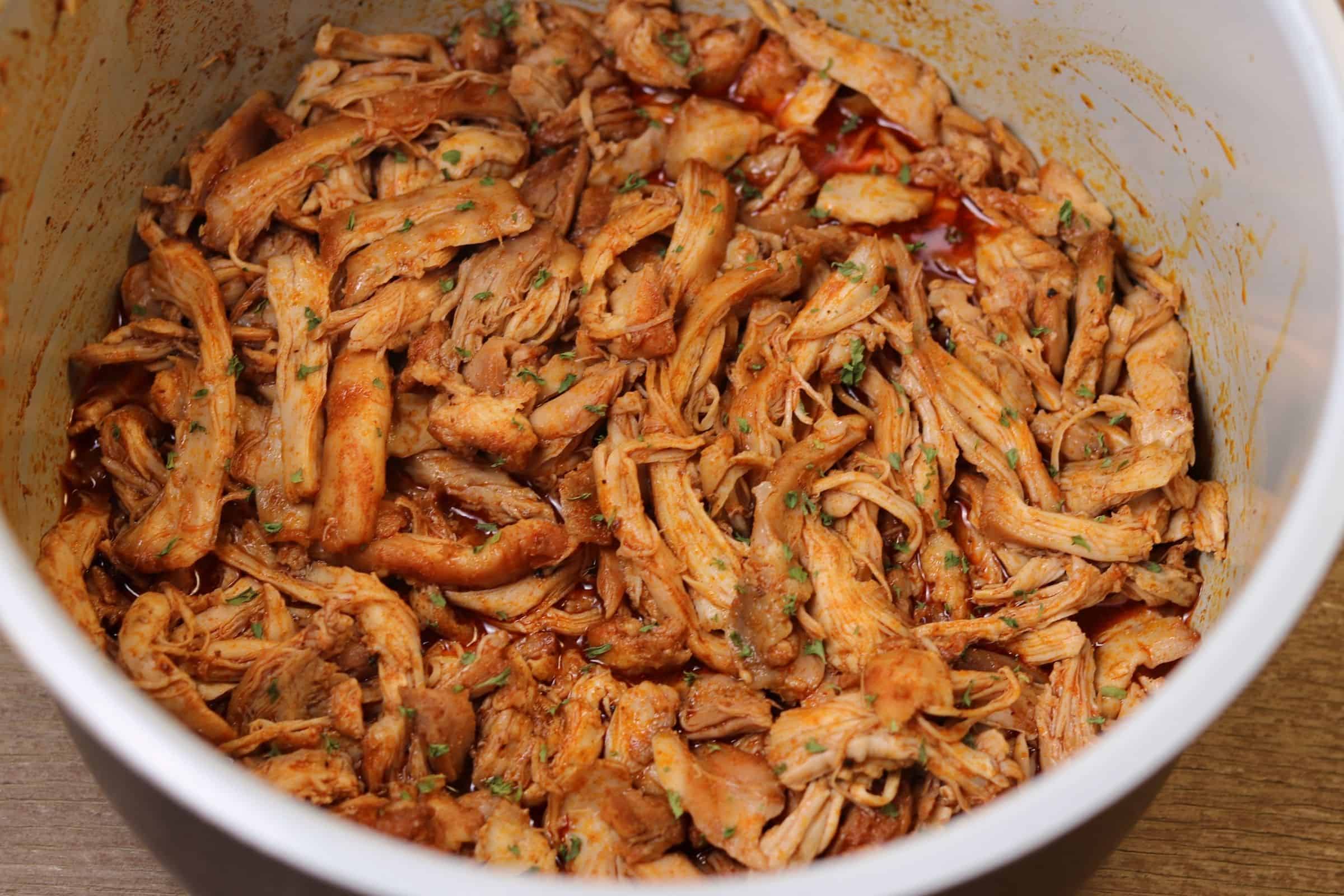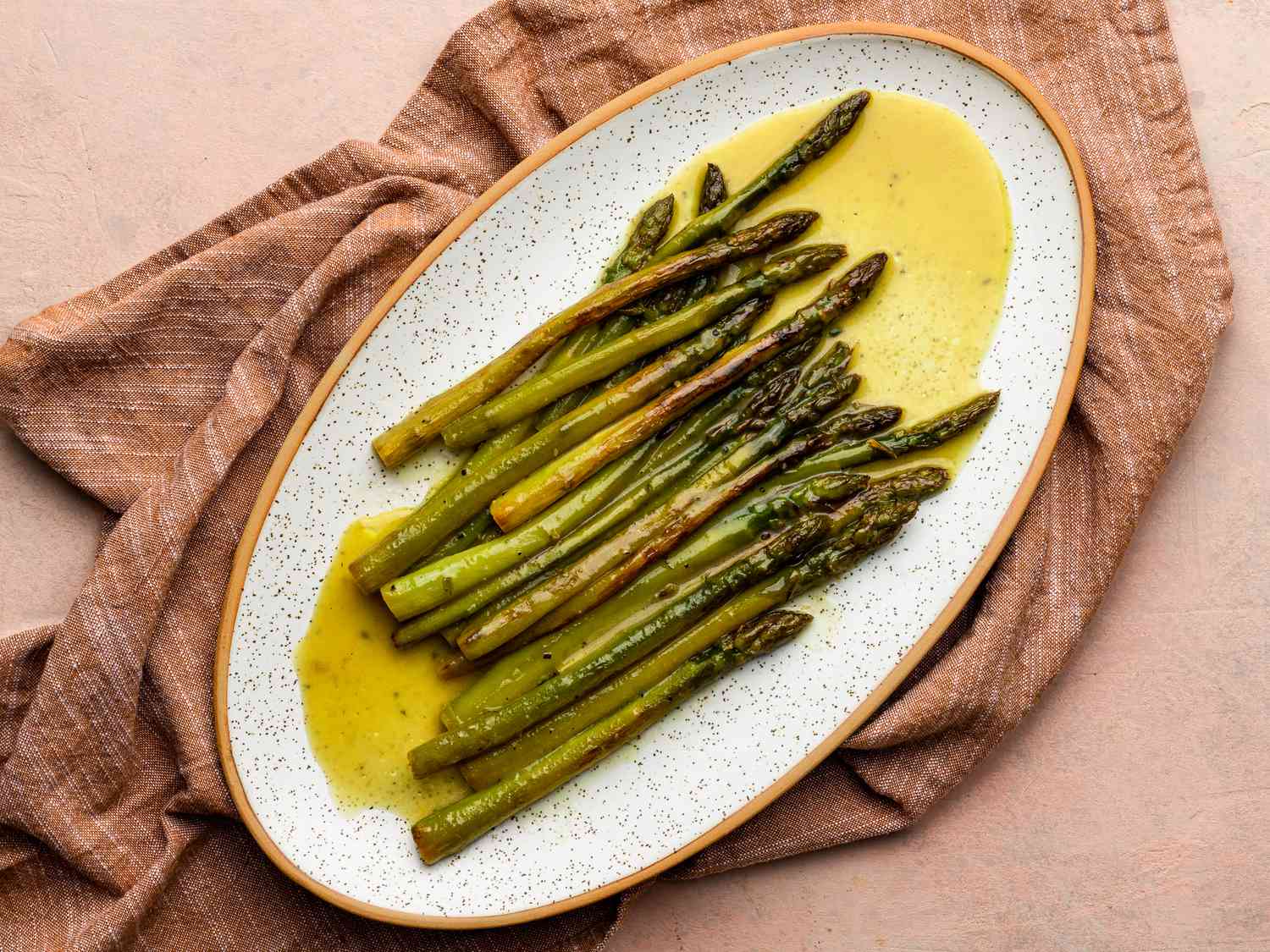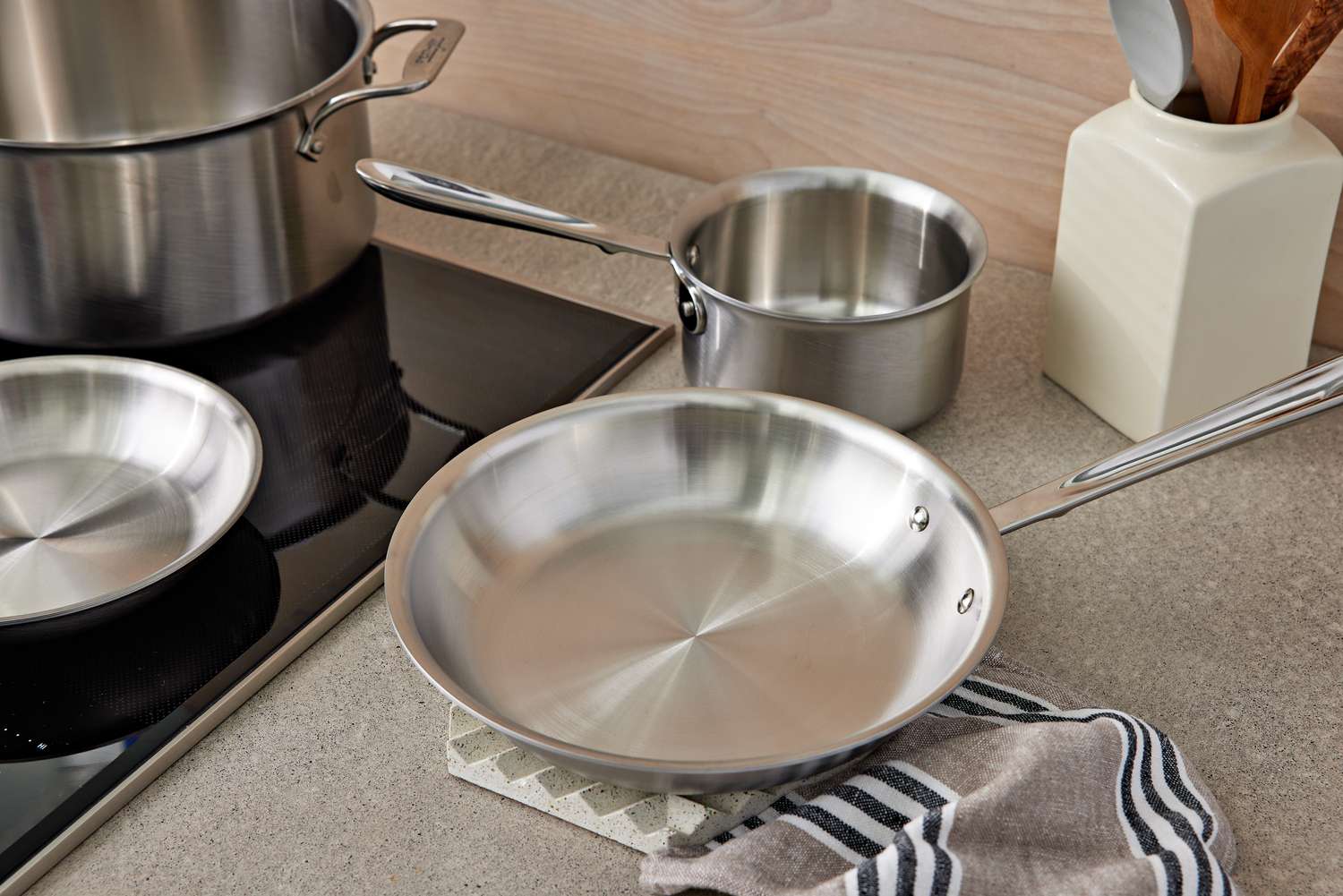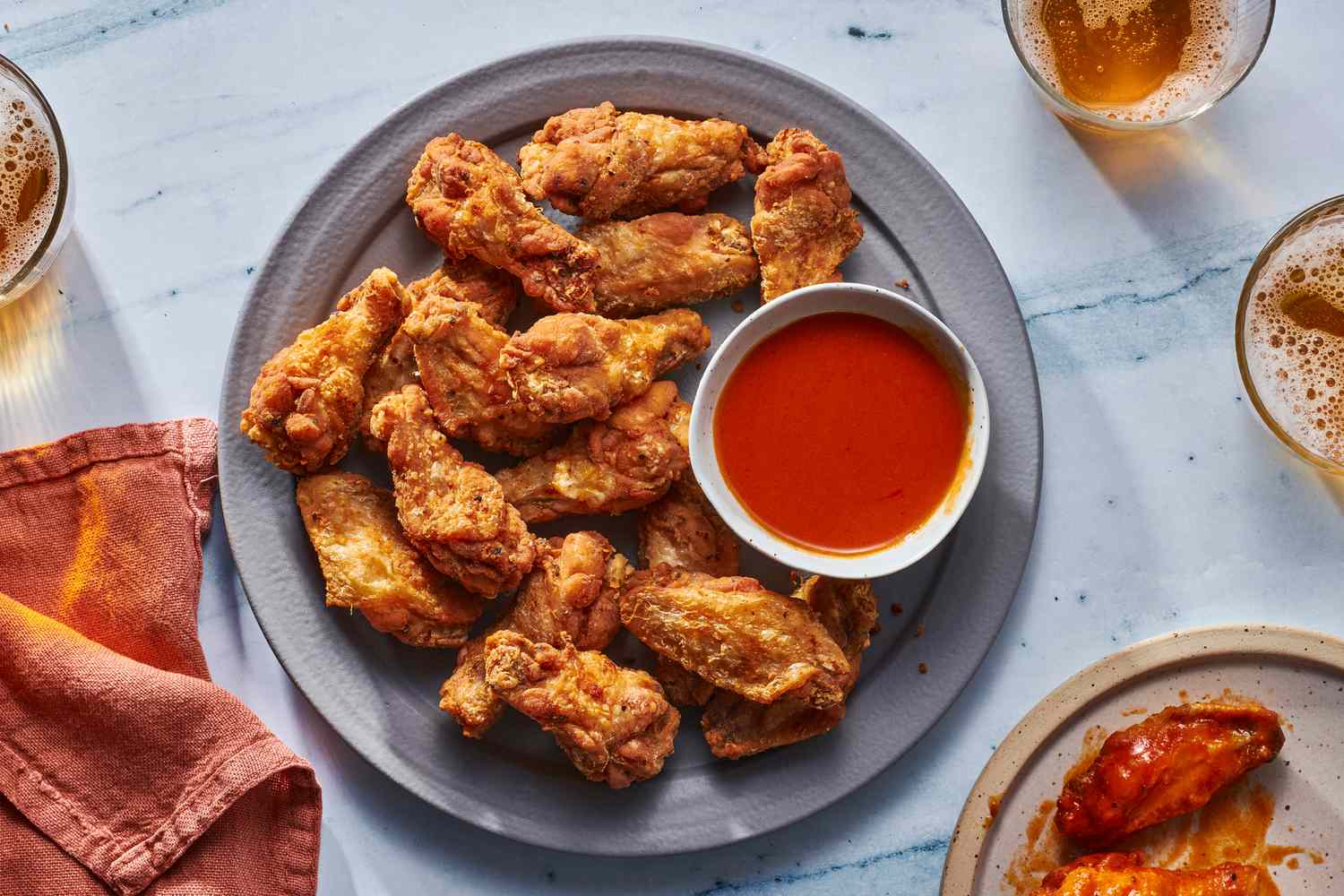How To Cook Without Oil
Are you looking for healthier cooking options that can still provide delicious and flavorful meals? Look no further! Cooking without oil can be a great way to reduce your calorie intake, lower fat content, and improve your overall health. Here are some tips and tricks on how to cook without oil:
1. Swap Oil for Broth or Stock
One of the easiest ways to cook without oil is to replace it with vegetable or chicken broth. Broth adds moisture and flavor to your dishes without the added fat. It works perfectly for sautéing vegetables, stir-frying, or even browning meat. Simply heat up a small amount of broth in a non-stick pan and cook your ingredients as usual.
2. Use Cooking Spray
If you still want that slight hint of oiliness in your dishes, consider using a non-stick cooking spray. Look for a brand that offers a healthier option, like olive oil cooking spray. With just a quick spray, you can prevent your ingredients from sticking to the pan without adding excess oil. This method works well for baking, roasting, or grilling.
3. Embrace Steam Cooking
Steaming is a fantastic technique that allows you to cook your food without any oil at all. Invest in a steamer basket or a bamboo steamer to enjoy perfectly cooked vegetables, fish, or dumplings. Steaming retains the natural flavors and nutrients of your ingredients while keeping them moist and tender.
4. Roasting and Baking on Parchment Paper
Instead of greasing your baking trays with oil, try using parchment paper. Parchment paper provides a non-stick surface that allows your food to brown nicely without the need for added fats. It’s perfect for roasting vegetables, baking cookies, or even making crispy oven-baked fries. Plus, it makes cleanup a breeze!
5. Experiment with Citrus Juices, Vinegars, and Spices
When cooking without oil, it’s essential to compensate for the lack of fat by adding other flavorful ingredients. Citrus juices, such as lemon or lime, can add a refreshing tang to your dishes. Vinegars, like balsamic or apple cider, provide a delightful acidity. And don’t forget about herbs, spices, and seasonings! They can elevate the taste of your meals without any added oils.
6. Opt for Non-Stick Cookware
Investing in high-quality non-stick cookware can make cooking without oil even easier. Non-stick pans allow you to cook your favorite dishes using minimal or no oil at all. They prevent sticking and ensure an evenly cooked meal. Just be sure to choose a non-toxic option that is free of harmful chemicals.
7. Take Advantage of Natural Oils in Ingredients
Some ingredients naturally release oils when cooked, like onions or mushrooms. You can use these natural oils to cook your food without needing additional oil. Simply sauté your ingredients until they release their natural oils, and you’re good to go!
So, next time you’re in the kitchen, don’t be afraid to experiment with oil-free cooking techniques. You’ll be amazed at how delicious and healthy your meals can be. Give these tips a try and enjoy the benefits of cooking without oil.
Remember, you don’t have to completely eliminate oil from your diet, but incorporating oil-free cooking methods can be a fantastic way to make your meals healthier without sacrificing taste.
1. Utilize non-stick cookware: Invest in high-quality non-stick pans or pots to minimize the need for oil when cooking.
2. Opt for alternative cooking methods: Try using methods like steaming, boiling, or baking instead of frying or sautéing.
3. Enhance flavors with herbs and spices: Use a variety of herbs, spices, and seasonings to add flavor to your dishes without relying on oil.
4. Try using vegetable broth or stock: Substitute oil with vegetable broth or stock when sautéing or stir-frying your ingredients.
5. Incorporate naturally oily ingredients: Use ingredients like avocados, nuts, seeds, or nut butters to add richness and texture to your dishes.
6. Roasting and grilling: Use parchment paper or silicone mats when roasting vegetables or grilling to prevent sticking without the need for oil.
1. Vegetable broth or stock: Substitute oil with vegetable broth or stock when sautéing or stir-frying your ingredients. This provides moisture and flavor without the added fat.
2. Citrus juices: Use citrus juices such as lemon, lime, or orange to add a burst of tanginess and moisture to your dishes.
3. Coconut milk: For recipes that require a creamy texture, substitute oil with coconut milk. It adds richness and depth of flavor.
4. Nut butters: Incorporate natural nut butters, such as almond or peanut butter, to bring a creamy and nutty taste to your dishes.
5. Avocado: Use mashed avocado as a replacement for oil in recipes that require a creamy texture. It provides a healthy dose of monounsaturated fats.
1. Steaming: Steaming involves cooking food over boiling water. It helps retain the natural flavors, nutrients, and moisture without the need for oil.
2. Boiling: Boiling is a simple cooking method that involves cooking food in a liquid, like water or vegetable broth. It is commonly used for vegetables, grains, and pasta.
3. Baking: Baking is a dry-heat cooking method that produces delicious results without using oil. It works well for dishes like roasts, casseroles, and baked goods.
4. Grilling: Utilizing a grill or griddle pan can create a smoky and charred flavor without adding oil. You can also use marinades or rubs to enhance the taste.
5. Stir-frying with broth: Instead of using oil, stir-fry your ingredients by using vegetable broth or stock, providing moisture and flavor while still achieving a delicious outcome.
Remember, exploring different cooking techniques will allow you to discover new flavors and textures in your dishes while eliminating the need for oil.
Was this page helpful?
Read Next: How To Cook White Eggplant
Lee Elbaz
Lee Elbaz is a Israeli Binary File Data Expert. Learn how to read data from binary files using Azure Databricks. What is the easiest way (using a graphical tool or command line on Ubuntu Linux) to know if two binary files are the same or not (except for the time stamps)? I do not need to actually extract the difference. I just need to know whether they are the same or not.
